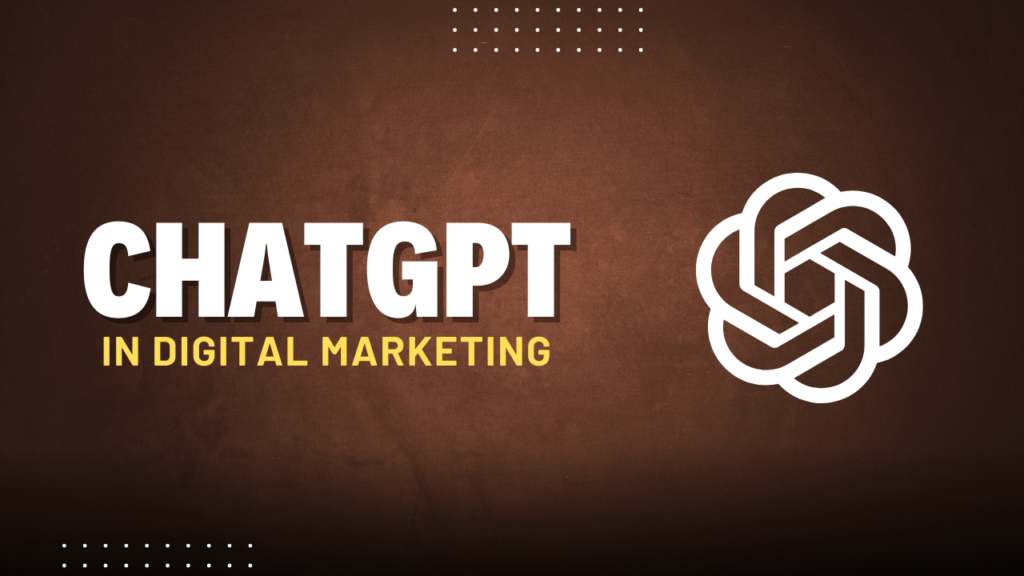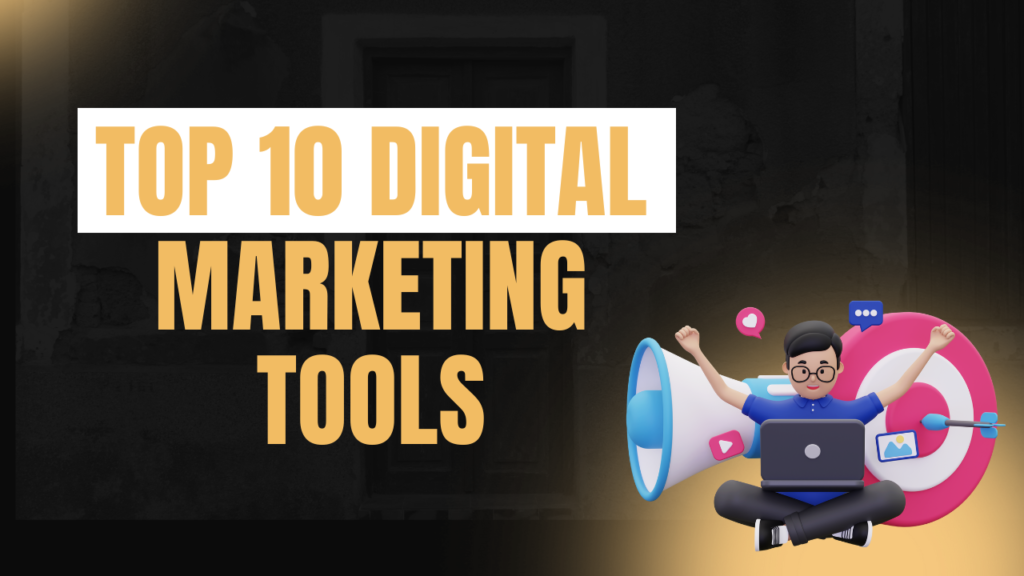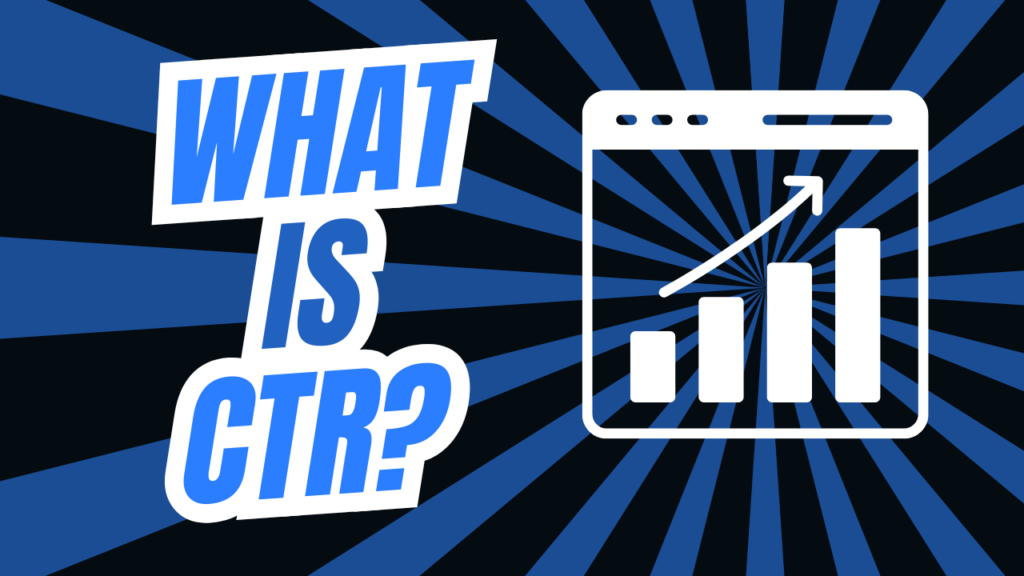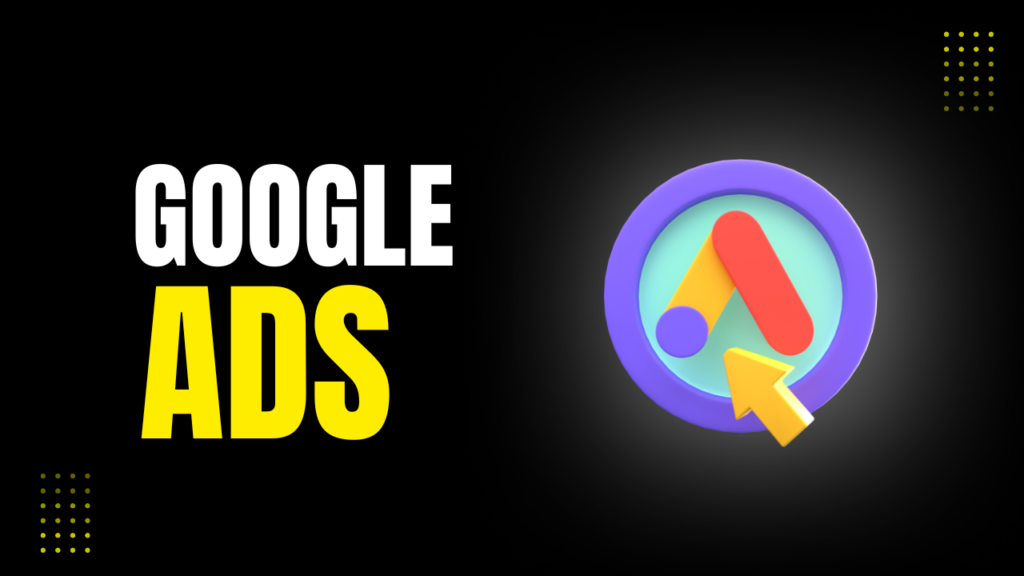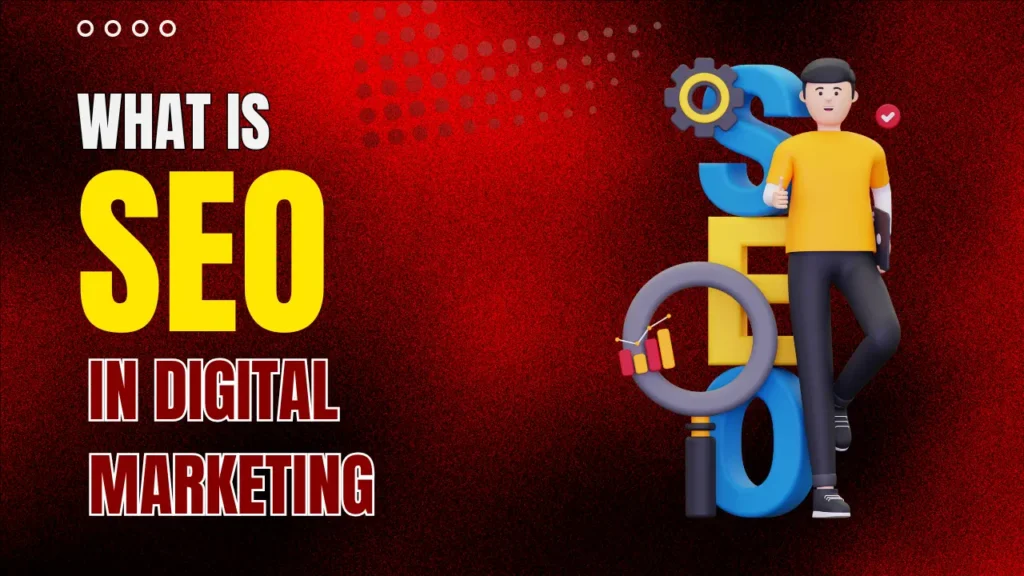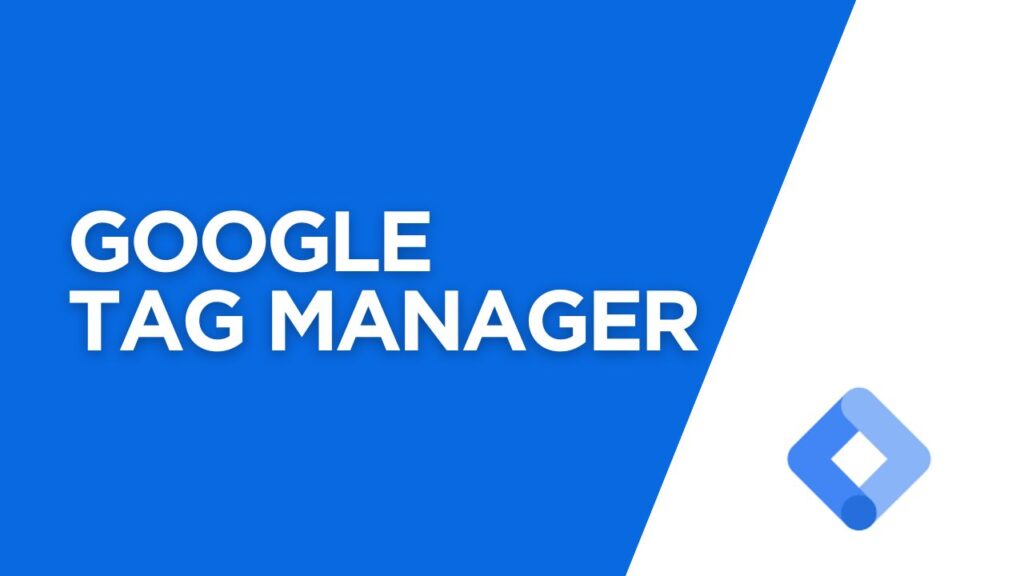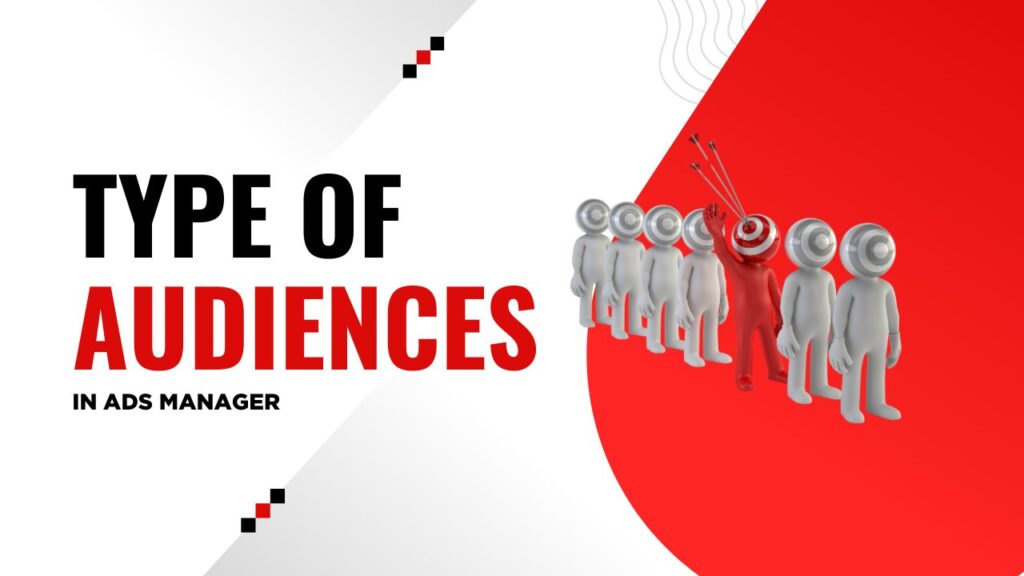How to Use ChatGPT in Digital Marketing: A Comprehensive Guide
In today’s fast-paced digital world, businesses constantly look for creative ways to stand out. One tool making a big splash is ChatGPT in digital marketing. This blog will guide you through how to use ChatGPT in digital marketing to boost your online presence, generate content, and enhance customer engagement—all in simple English. An overview of ChatGPT and digital marketing Key benefits of using ChatGPT in digital marketing Practical use cases and examples Tips for integrating ChatGPT into your strategy Best practices and potential pitfalls Future trends and conclusions What Is ChatGPT and Why It Matters in Digital Marketing ChatGPT is an advanced AI language model developed by OpenAI. It is designed to understand and generate human-like text based on prompts. Businesses can use ChatGPT to create engaging content, answer customer inquiries, or even generate personalized messages. Incorporating ChatGPT in digital marketing can help streamline content creation and free up time for more strategic activities. Key Features of ChatGPT Natural Language Understanding: The AI can comprehend context and provide meaningful responses. Content Creation: It produces blog posts, social media updates, ad copies, and more. Customer Support: ChatGPT can power chatbots to handle common customer queries. Personalization: With the right data, it can tailor messages to specific audience segments. By leveraging these features, digital marketers can improve efficiency and engagement significantly. Benefits of Using ChatGPT in Digital Marketing Implementing ChatGPT in your digital marketing strategy offers several advantages: 1. Speedy Content Generation Creating fresh, engaging content regularly can be time-consuming. ChatGPT can help marketers generate ideas, outlines, and even complete drafts quickly, allowing you to meet content demands without sacrificing quality. 2. Improved SEO Performance Search engines love fresh content. By using ChatGPT in digital marketing, you can regularly publish optimized content that includes targeted keywords like “ChatGPT in digital marketing.” This can help improve your search rankings and drive more organic traffic to your website. 3. Enhanced Customer Engagement ChatGPT can fuel chatbots that provide instant responses to customer inquiries. This not only improves customer satisfaction but also keeps potential customers engaged on your website longer. Happy customers are more likely to convert, making this a win-win for your business. 4. Cost-Effectiveness Instead of hiring a large team of content creators or customer service representatives, ChatGPT can handle many tasks at a fraction of the cost. It serves as a valuable asset for startups and small businesses with limited budgets. 5. Scalability As your business grows, so does the demand for content and customer engagement. ChatGPT scales with your needs, ensuring that you can maintain a consistent level of quality and responsiveness across all your digital channels. Practical Use Cases: How to Use ChatGPT in Digital Marketing Now that you know the benefits, let’s explore some practical ways you can use ChatGPT in digital marketing. 1. Content Creation One of the most common uses of ChatGPT in digital marketing is content creation. Here are some examples: Blog Posts: ChatGPT can assist in drafting blog posts, outlines, or even entire articles. You can provide a topic like “How to use ChatGPT in digital marketing” and let the tool generate ideas or a full draft. Social Media Updates: With short and compelling messages, ChatGPT can help you create engaging posts across platforms such as Facebook, Twitter, and LinkedIn. Email Newsletters: Personalize your email campaigns by using ChatGPT to draft messages that resonate with your audience. 2. SEO Optimization Content creation using ChatGPT can be seamlessly integrated with SEO best practices. Here’s how: Keyword Integration: Ensure that your content includes important keywords like “ChatGPT in digital marketing.” ChatGPT can help naturally incorporate these keywords into your writing. Meta Descriptions and Titles: Use the AI to generate creative meta descriptions and titles that improve your click-through rates on search engines. Content Refresh: Update existing content to keep it relevant, tapping into ChatGPT’s ability to rewrite or enhance older posts. 3. Customer Support and Chatbots Customer service is a crucial part of digital marketing. ChatGPT can empower chatbots to provide real-time support: Instant Responses: Train your chatbot with common FAQs so it can answer visitor queries instantly. 24/7 Support: With ChatGPT, your business can provide constant support without the need for human intervention around the clock. Personalized Recommendations: The AI can analyze customer data and provide personalized suggestions or solutions, enhancing the overall customer experience. 4. Ad Copy and Campaigns Creating compelling ad copies is another area where ChatGPT in digital marketing excels: Ad Copy Generation: Let ChatGPT generate multiple versions of ad headlines and descriptions, saving you time and allowing you to test different iterations. A/B Testing Ideas: Quickly generate variations for A/B testing, ensuring that your campaigns are optimized for performance. Consistency in Messaging: Ensure a consistent tone and voice across all your ads, whether on social media, search engines, or display networks. 5. Market Research ChatGPT can also be used to gather insights about your target audience and competitors: Survey and Poll Creation: Craft engaging survey questions to gather feedback from your audience. Competitor Analysis: Generate summaries of competitor strategies by feeding ChatGPT relevant data, allowing you to identify trends and opportunities. Trend Analysis: Ask ChatGPT to help identify emerging trends in digital marketing, ensuring you stay ahead of the curve. How to Integrate ChatGPT into Your Digital Marketing Strategy Successfully integrating ChatGPT in digital marketing involves careful planning and a clear strategy. Here are some actionable steps: Step 1: Define Your Objectives Start by outlining what you want to achieve. Are you looking for more engaging content? Do you need to improve customer support? Clearly define your goals to guide how you use ChatGPT. Step 2: Select the Right Use Cases Decide which aspects of your digital marketing strategy will benefit the most from ChatGPT. This might include content creation, social media management, customer support, or ad copy generation. Step 3: Set Up and Train Your Model If you are using a customized version of ChatGPT, spend time training it with your company’s tone, style, and industry-specific terminology. The more context
How to Use ChatGPT in Digital Marketing: A Comprehensive Guide Read More »

